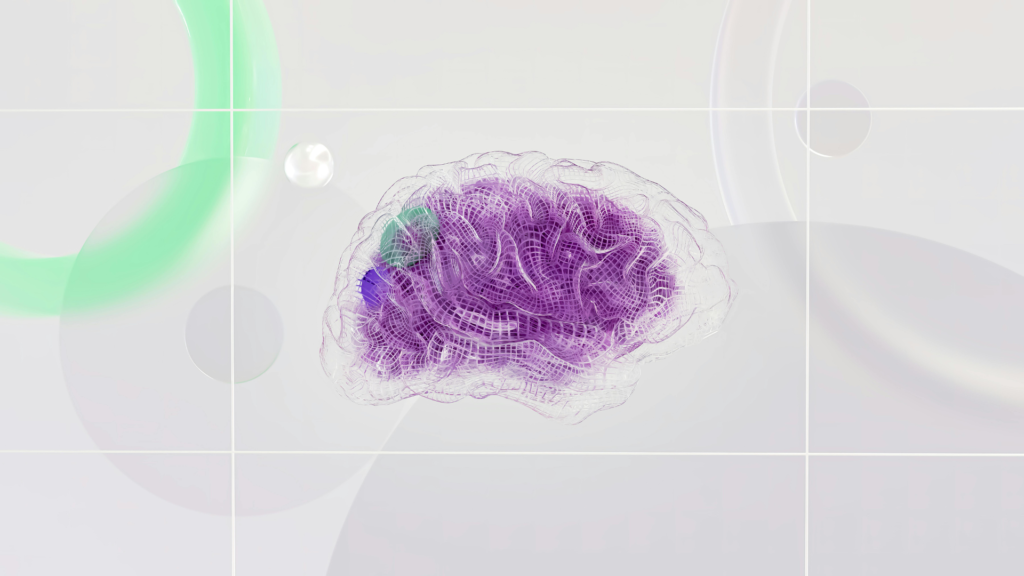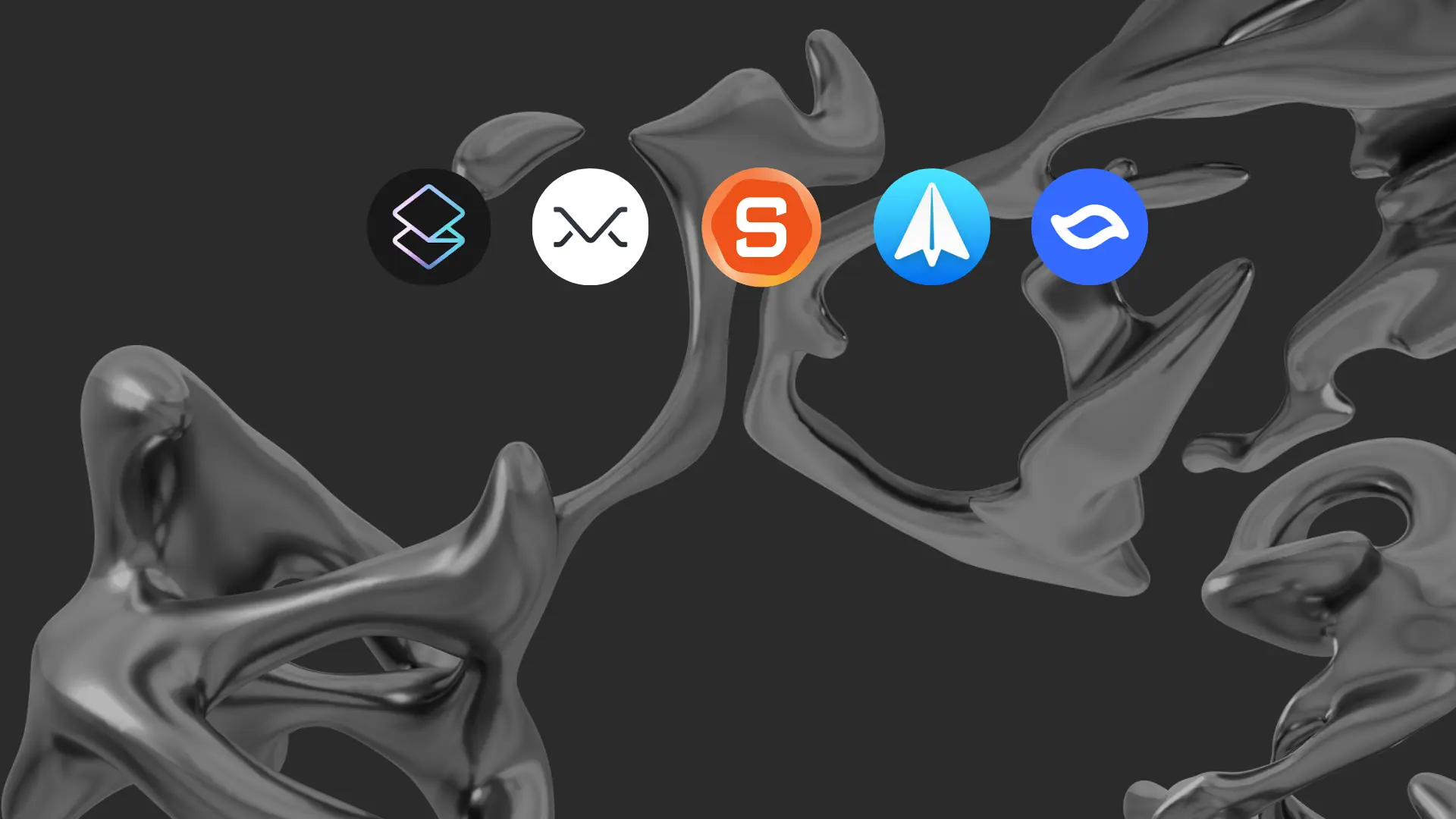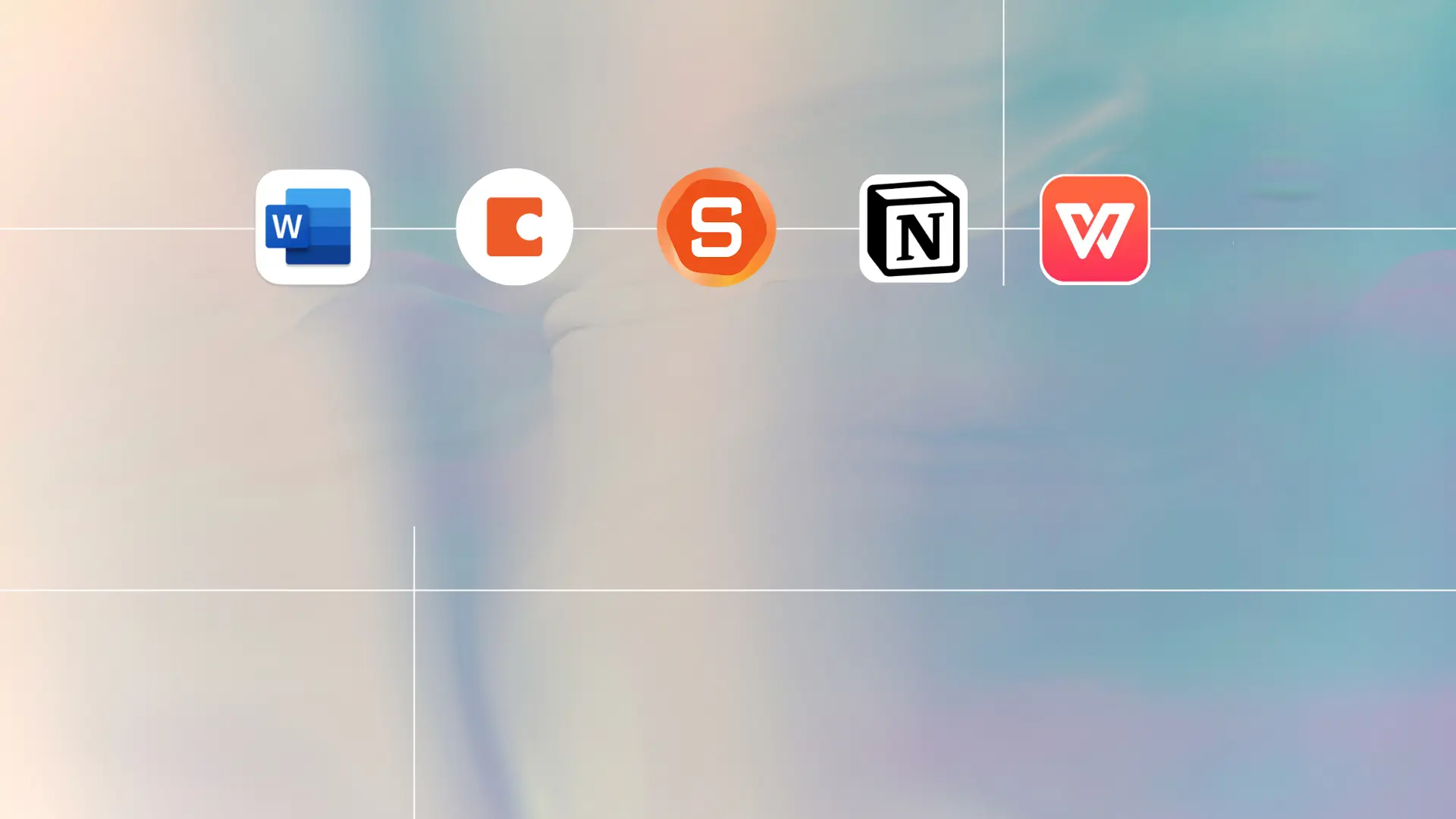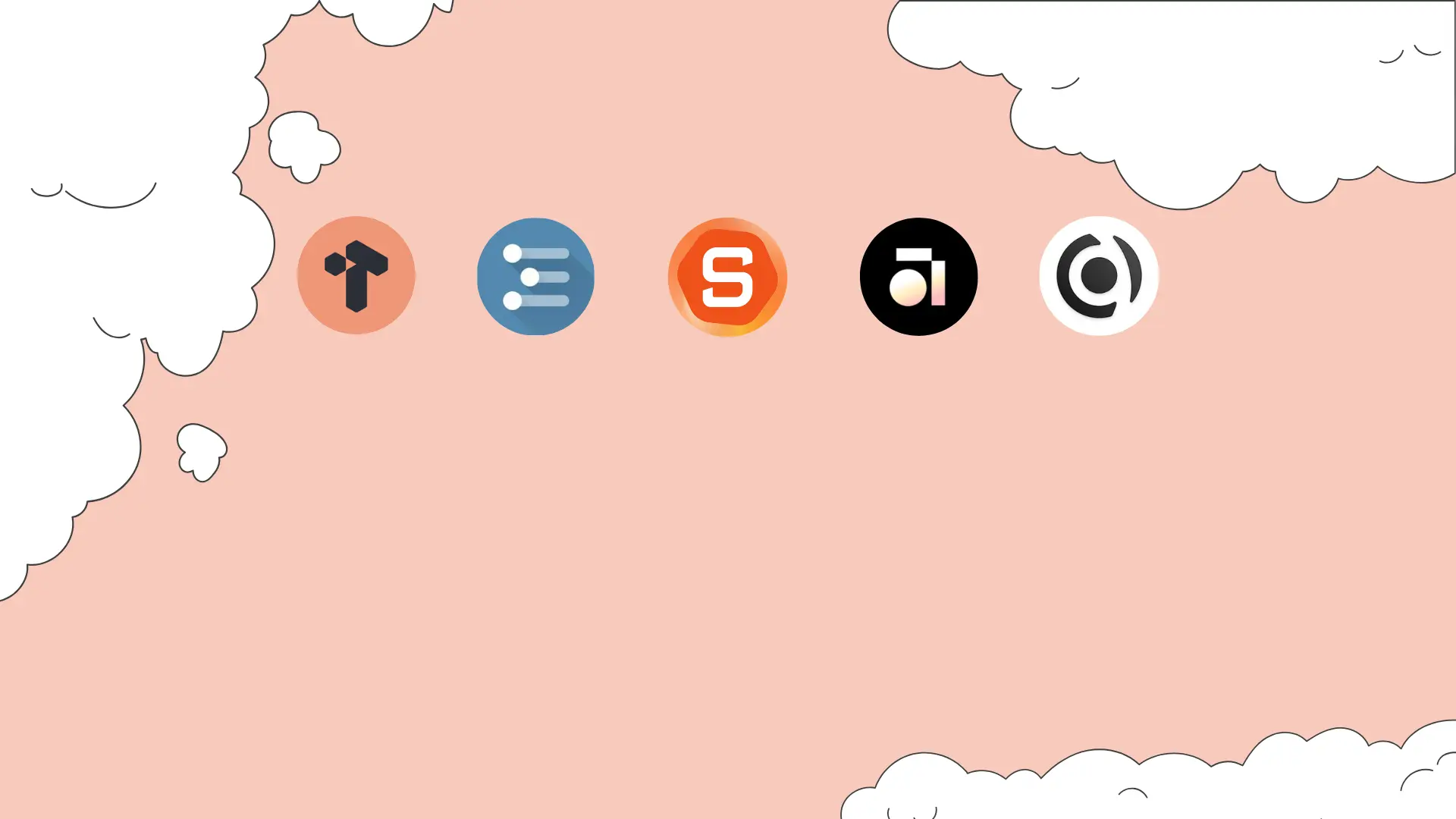
Memory, one of the brain’s most fascinating capabilities, functions as a dynamic recorder, capturing and interpreting information that shapes our identity and perception of the world. But modern life bombards us with information—far more than we can realistically manage.
How often have you struggled to recall a critical detail, only to find it just out of reach? These lapses can lead to missed opportunities, increased stress, and even strained relationships. In today’s fast-paced world, forgetting feels like falling behind.
Enter the concept of the “Second Brain,” powered by artificial intelligence (AI). This revolutionary approach promises to extend our mental capabilities, helping us manage information and enhance productivity like never before.
This guide will explore the mechanics of a second brain, its profound impact on work and learning, strategies to maximize its potential, and the challenges you might face.

A second brain a digital system designed to collect, organize, and retrieve your thoughts, tasks, and knowledge. Think of it as an external extension of your mind, purpose-built for managing modern information overload.
To build a second brain, you need a note-taking app that will let you quickly capture, format, organize, and retrieve information. “And the workflow?” It’s quite simple.
The Core Mechanics:
To build your second brain, start with a robust note-taking or knowledge management tool—platforms like Notion, Obsidian, or Saner.AI are excellent choices. These tools enable you to:
- Capture Information: Quickly jot down thoughts, tasks, or intriguing insights.
- Organize Content: Use folders, tags, or categories to structure your data intuitively.
- Retrieve Knowledge: Search and find your saved information instantly when needed.
Workflow Example:
When you encounter a new idea, article, or task, capture it immediately into your second brain. Organize it later into thematic folders or projects. For instance, if you’re learning about machine learning, save useful resources under a dedicated “Machine Learning” folder. Over time, your second brain evolves into a personalized knowledge hub that mirrors your intellectual world.
A second brain does more than store data—it transforms how you work and think. Here’s how:
- Enhanced Productivity: Spend less time searching for information and more time executing tasks.
- Improved Creativity: With all your ideas in one place, it’s easier to connect the dots and innovate.
- Stress Reduction: Offload mental clutter to your second brain, freeing your mind to focus on the bigger picture.
- Lifelong Learning: Continuously build upon your stored knowledge, creating a personal library that grows with you.

To maximize the potential of your second brain, follow these strategies:
1. Leverage AI Assistance:
Platforms like Saner.AI take the second brain concept further by integrating AI capabilities. Imagine you’re working on a complex spreadsheet and unsure about a formula. Instead of trial and error, you can:
- Use Saner.AI’s AI chat to generate the correct formula.
- Access templates or workflows tailored to your specific needs.
2. Leverage past knowledge
Your second brain can suggest next steps or related topics.
For example, while studying machine learning, it might introduce you to concepts like deep learning or natural language processing (NLP). Use tools like mind maps to visualize connections between ideas.
3. Make It Actionable:
Don’t just store information; turn it into action.
For example,
- You can write a post about what you learned in machine learning
- Then you can use features like smart reminders and task assistants to set time for the writing
While powerful on its own, a second brain thrives when combined with complementary tools. For instance
Saner.AI extends your second brain’s capabilities with features like:
- AI chat: a feature that lets you interact with your second brain naturally and intuitively. You can ask questions, get summaries, synthesize information, and generate new insights from your data. You can also use the Internet check feature to fill in your knowledge gaps and get relevant information from the web.
- AI alongside note: a feature that lets you create faster and easier with AI chat alongside your note. You can also use smart reminders, tailored suggestions, and work support to turn your thoughts into action and achieve your goals.
While the second brain offers transformative benefits, it’s essential to navigate potential pitfalls.

In some cases, relying on AI’s Second Brain may inadvertently reduce self-confidence. Users may find themselves questioning their abilities and decision-making skills, as the ongoing support may accidentally diminish their conviction in their capacities.
To help users avoid losing confidence while using AI as a “Second Brain,” here are some simple and practical tips:
- Understand AI’s Role: Remember, AI is here to help, not to take over. It’s like having a smart assistant who handles the heavy lifting so you can focus on the creative and complex parts of your tasks.
- Learn from AI: When AI gives you an answer, take a moment to understand how it got there. This isn’t just about getting the right answers but learning the steps involved.
- Stay in Control: Always have the final say. Use AI to get suggestions or explore options, but make the final decisions yourself. This keeps your decision-making skills sharp and your confidence intact.
- Set Realistic Expectations: Know what AI can and cannot do. This way, you won’t rely on it for tasks it’s not designed for, which can lead to mistakes and a drop in confidence when things don’t work out.
- Ease Into It: Start using AI for small, simple tasks. As you get more comfortable, gradually use it for more complex challenges. This step-by-step approach helps build your confidence as you learn to work with AI effectively.
By following these tips, you can use AI as a powerful tool to boost your productivity without sacrificing your confidence in your own abilities.
In simple terms, when we talk about “hallucination” in artificial intelligence, especially in systems like GPT-3 or ChatGPT, we’re not discussing hallucinations like humans experience them. Instead, AI “hallucinations” happen when the AI makes mistakes in its responses, creating or using information that isn’t true or doesn’t exist. This can occur because the AI is working with incomplete data, or it misunderstands the data it has.
For example, if you ask an AI about a historical event that never happened, it might still try to provide an answer, essentially “making up” details to fill in the gaps. This is because the AI is programmed to generate responses based on patterns it sees in the data it has been trained on, even if those patterns lead to incorrect conclusions.
It’s important for users to be aware that while AI can provide helpful and often accurate information, it’s not infallible and can “hallucinate” or produce false information.
When using an AI as a “Second Brain” — a tool to help store and process information — it’s crucial to minimize the risk of AI-generated errors or “hallucinations.” Here are some practical tips to ensure that the information your AI provides is reliable and accurate:
- Regular updates: Keep the information stored in your AI up-to-date. Outdated information can lead to incorrect conclusions or irrelevant responses.
- Cross-Verify AI responses: Don’t rely solely on your AI for critical decisions. Cross-check AI-generated information with other reliable sources, especially for important tasks.
- Set clear parameters: When setting up your AI, clearly define what it is used for. Tailoring the AI to specific tasks can reduce the likelihood of it generating irrelevant or incorrect information.
- Understand the limits: Recognize that no AI is perfect. Understanding the limitations of your AI tool can help you better judge when to rely on its output and when to seek additional information.
- Fastest solution – AI grounded in your knowledge: Using an AI second brain that learns from all the data and information you save. This personal AI can provide you with reliable answers based on your previous inputs, knowledge you have vetted and trust.
- By using this technology, you can greatly reduce the chances of AI generating inaccurate information and enhance your ability to utilize information effectively.
- It’s like having a personal assistant that knows exactly what you need, when you need it!
And Saner.ai is a good example of such a tool
Saner.AI is a platform that helps you build your own personalized second brain with the help of AI. It is different from other AI chatbots because it remembers you and is grounded in the information you trust.
We can also search the internet and fill in your knowledge gaps, as well as summarize, synthesize, and generate new insights from your data.
With Saner.AI, you can make the most of your AI Second Brain without losing your sense of self-worth and autonomy Hallucination because Saner.ai will be your action buddy helping you give tips and you are still the one who is chosen and decided.
It is your trusted ally and friend that helps you turn your thoughts into action and your information into wisdom.
By following these guidelines, you can enhance the reliability of your AI “Second Brain” and reduce the risk of encountering misleading or incorrect information.
The second brain is more than a concept—it’s a game-changer for how we manage and use information. By combining the power of AI with effective knowledge management strategies, you can unlock unparalleled productivity and creativity.
Ready to take the next step? Check out these best 25 second-brain apps.
They can make information handling for you much easier.



